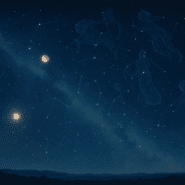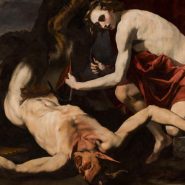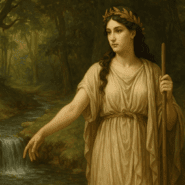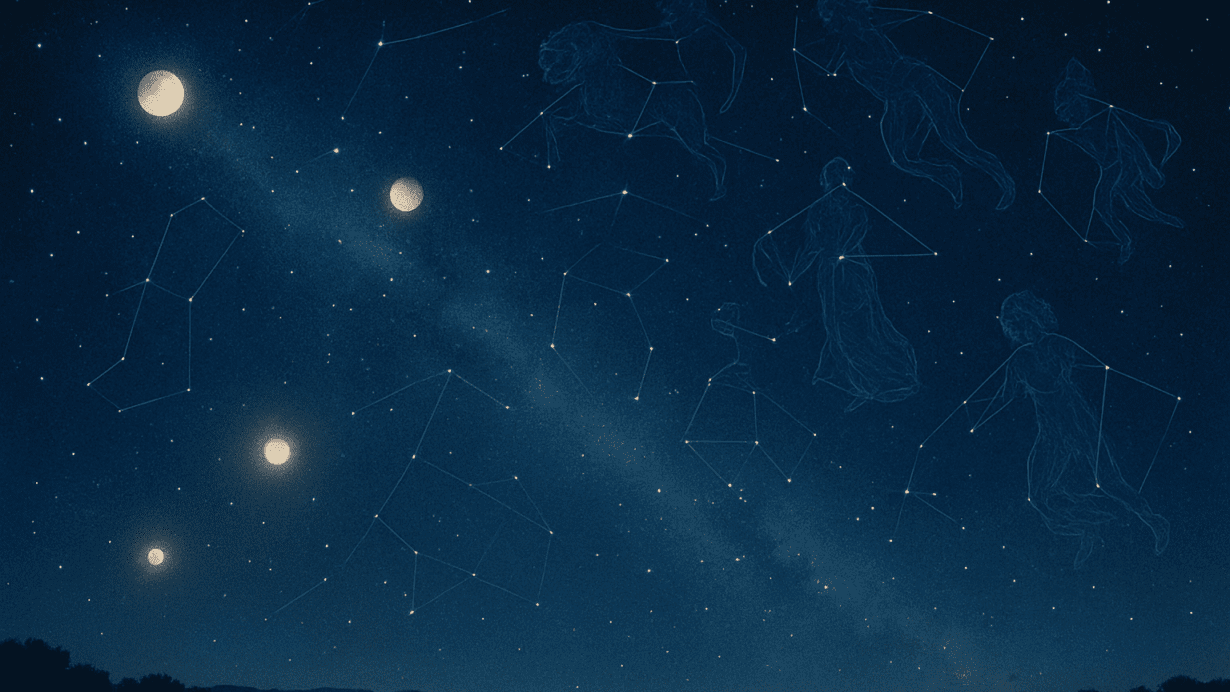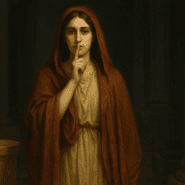QUICK SUMMARY
The Roman Heavens were envisioned as a perfectly structured cosmic realm ruled by divine intelligence. From Jupiter’s throne in the upper sky to the wandering paths of the planets, every star, wind, and celestial sign followed a sacred order that reflected Rome’s values of stability, fate, and divine rule.
The Sky as a Living Presence
To the Romans, the heavens were not a distant, silent dome. They were alive with gods, omens, and movements that shaped the lives of mortals. The word caelum described both the physical sky and the spiritual order behind it. Every cloud, every star, and every thunderclap revealed the will of unseen powers.
This perspective transformed the heavens into a vast stage where divine forces expressed themselves. The Romans looked upward not with curiosity alone but with reverence. They believed the heavens communicated constantly through lightning, the positions of planets, rare celestial events, and the seasonal cycles that governed agriculture and festivals.
The Realm of Jupiter
The highest region of the heavens belonged to Jupiter, the king of the gods. His domain was the bright upper sky: the place of clear daylight, thunder, and the vault where justice resided. When lightning split the clouds, Romans believed Jupiter was speaking.
Jupiter’s control over celestial order was not symbolic. It was literal. He governed fate, upheld cosmic balance, and preserved Rome’s prosperity. As the guardian of oaths and protector of the state, his power in the heavens mirrored his authority on earth. Even emperors bowed to his signs.
Layers of the Sky
Roman cosmology divided the heavens into structured layers, each associated with different powers and phenomena:
The Upper Heaven
This was the realm of the Olympian gods, brilliance, and divine authority. Lightning, omens, and the paths of the planets belonged here. Philosophers later blended this concept with Greek and Stoic ideas, imagining the upper sky as a sphere of pure fire and perfect motion.
The Middle Sky
Winds, storms, and clouds traveled through this region. The Romans believed that many atmospheric events carried meaning. Tempests hinted at divine displeasure. Rainfall, drought, and unseasonal cold were interpreted through both practical and religious lenses.
The Lower Sky
This boundary between earth and heaven held birds, whose patterns of flight were a major source of divination. Augurs, specially trained priests, read the sky to understand divine will. The lower heavens were the most accessible yet still sacred.
These layers reinforced a worldview where nothing in the sky was random. Everything moved according to cosmic law.
The Sun, Moon, and Wandering Stars
The major celestial lights were divine beings in constant motion.
Sol: The Sun
Sol traveled across the sky in a blazing chariot, illuminating the world and marking the rhythm of each day. He symbolized clarity, vitality, and the steady illumination of order. His presence was so essential that emperors later aligned themselves with Sol to borrow his aura of eternal rule.
Luna: The Moon
Luna governed the tides, feminine cycles, and the mysteries of night. Her changing phases were closely tied to religious festivals and agricultural timing. She represented renewal, transition, and the gentle power of reflection.
The Planets
The Romans adopted and renamed the five visible wandering stars:
- Jupiter (Iuppiter), the planet of authority
- Mars, the star of war
- Venus, presiding over desire and prosperity
- Mercury, the swift messenger
- Saturn, the slow bringer of cycles and discipline
Each had a divine personality and influence. Their alignments were believed to shape destinies and signal major transitions in human affairs.
Constellations and Mythic Patterns
Constellations were not merely star clusters. They were epic stories suspended in the heavens. Heroes, creatures, and divine symbols moved above Rome each night, creating a tapestry of myth and memory.
Orion, the hunter, signaled winter’s approach.
The Pleiades marked planting seasons.
The constellation of Virgo was associated with justice, purity, and the prosperity of the land.
By reading the stars, Romans aligned themselves with the rhythms of mythic time. Celestial order became a guide for earthly order.
Omens from Above
The heavens were the greatest source of omens. Comets, eclipses, meteors, and unusual celestial alignments stirred both awe and anxiety.
A comet could signal the death or rise of a great leader.
A solar eclipse foretold societal upheaval.
A blood-red moon hinted at divine warning.
Priests, augurs, and astrologers worked together to interpret these signs for the state and its leaders. Rome’s stability depended on properly understanding celestial messages.
Celestial Order and the Roman State
The Roman worldview linked cosmic harmony with political stability. Just as the gods maintained order above, Rome was expected to maintain order below. Successful rulers were believed to rule in accord with the heavens.
Triumphs, coronations, and major state decisions were often timed with celestial events. Festivals aligned with solstices and equinoxes to keep civic life in rhythm with the sky.
This merging of political and celestial order strengthened the idea that Rome itself was chosen, protected, and guided by the heavens.
The Heavens as a Map of Fate
For many Romans, the sky was the grand design of destiny. Stoic philosophers argued that the universe operated on a divine logic, and that celestial movements revealed the unfolding of fate. Astrology, though controversial, became a powerful tool for understanding one’s place in the cosmos.
The heavens were both a guide and a reminder: individual lives were small parts of a much larger, harmonious whole.
A Cosmic Vision of Balance
Ultimately, the Roman heavens represented a universe unified by purpose. Every god, star, cloud, and planet played a role in maintaining the balance of creation. Humans lived beneath this great order, learning from it, aligning with it, and seeking meaning in its movements.
To understand the sky was to understand one’s place in the world.
To read its signs was to glimpse the will of the divine.
And to honor its structure was to honor the foundations of Roman civilization.
